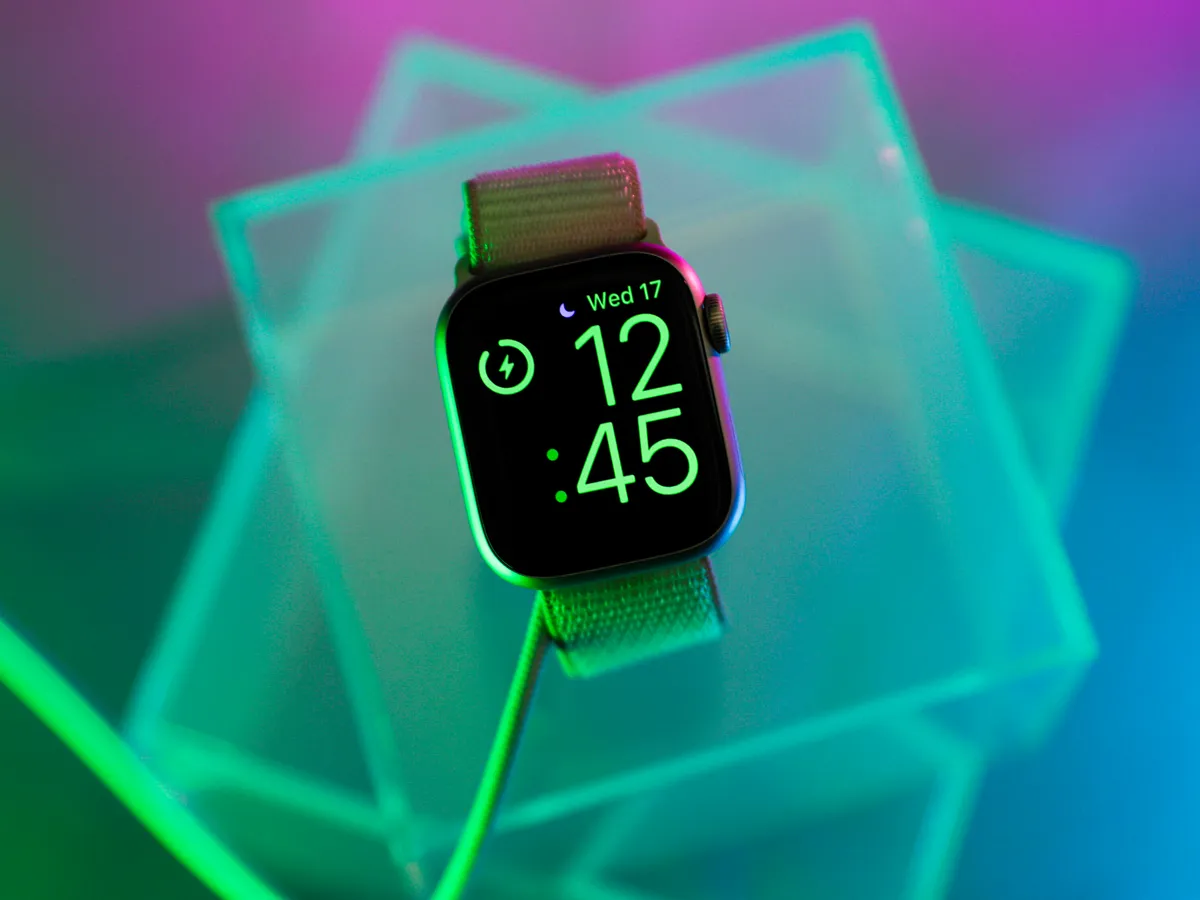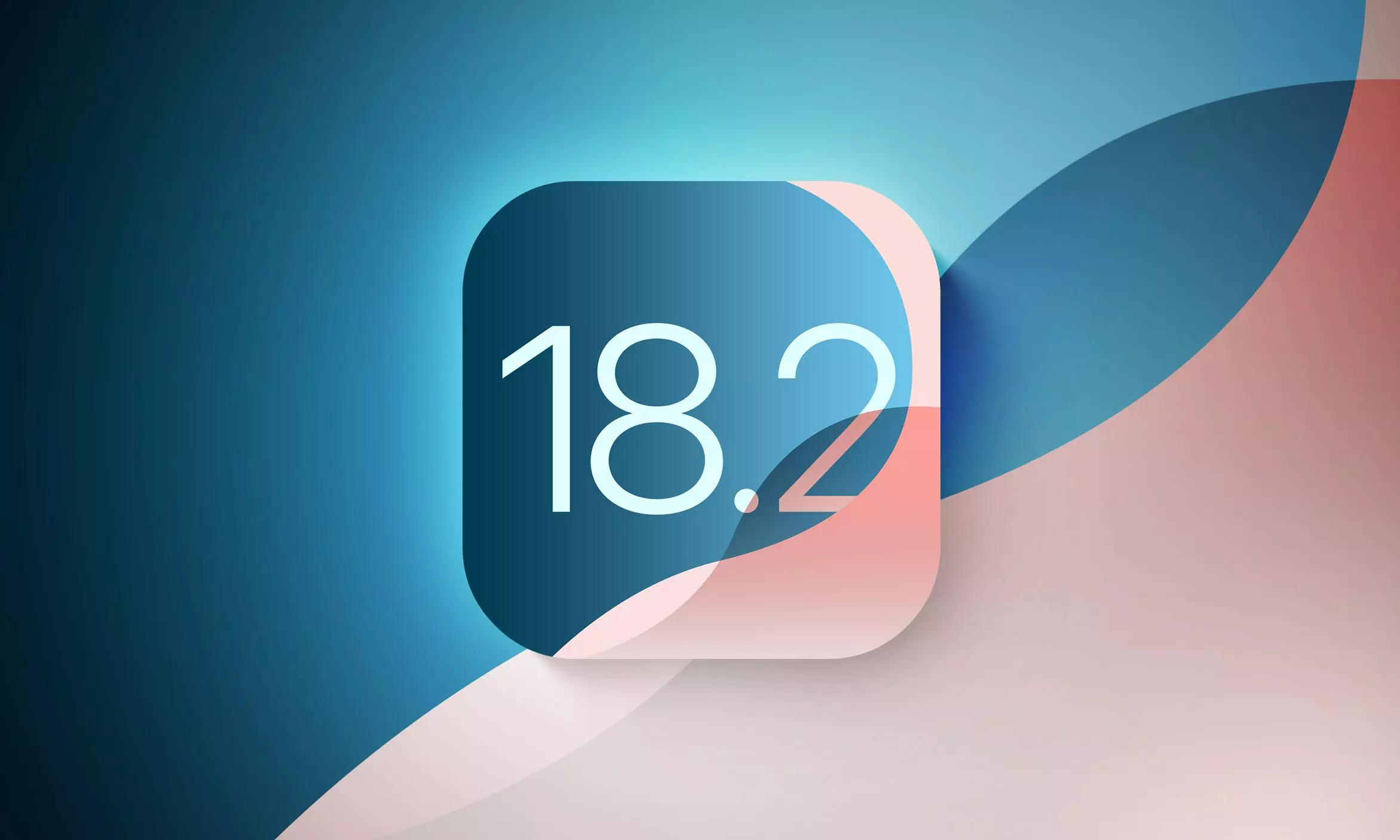The air crackles with anticipation as 2024 draws to a close. A subtle buzz is building within the entertainment world, a whisper of something big on the horizon. Apple, never one to shy away from a grand reveal, has begun dropping hints of a significant announcement poised to shake up its streaming platform, Apple TV+, right at the dawn of 2025.
A Cryptic Campaign Sparks Speculation
Social media is abuzz with cryptic messages from Apple, urging viewers to “save the date” for the first weekend of the new year. A carefully curated campaign, weaving together captivating scenes from various Apple TV+ originals, carries the intriguing tagline: “See for yourself.” This enigmatic phrase has ignited a flurry of speculation, with fans and industry insiders alike attempting to decipher its true meaning.
Apple has officially pinpointed the dates: January 4th and 5th, 2025. These two days are marked for an undisclosed event, an unveiling shrouded in secrecy. While concrete details remain elusive, the prevailing theory centers around a comprehensive preview of Apple TV+’s programming slate for the coming year. This could involve first looks at upcoming series, trailers for highly anticipated returning seasons, and perhaps even announcements of brand-new projects in development.
Beyond Previews: Could Free Content Be on the Horizon?
However, the “See for yourself” tagline has fueled a more tantalizing possibility. Some believe Apple may be preparing to offer a free viewing period for Apple TV+ content during that first weekend. This wouldn’t be entirely unprecedented. Back in 2020, Apple offered a similar promotion, granting free access to a selection of its original content for a limited time. Such a move in 2025 would undoubtedly generate significant buzz and potentially attract a wave of new subscribers. Imagine a weekend binge of award-winning dramas, captivating documentaries, and family-friendly comedies, all without the usual subscription fee. The potential impact on viewership and platform growth is undeniable.
A Glimpse into the Future: Severance Season 2 Sneak Peek
Adding to the excitement, Apple TV+ recently offered a tantalizing glimpse into the long-awaited second season of the critically acclaimed series Severance. An eight-minute teaser, available within the Apple TV app under the “Bonus Content” section of Severance and titled “Season 2 Sneak Peek,” has offered fans a taste of what’s to come. This release, arriving nearly three years after the cliffhanger ending of the first season, has further intensified the anticipation surrounding Apple TV+’s future offerings.
Apple TV+: A Rising Force in Streaming
Since its launch in 2019, Apple TV+ has steadily carved a niche in the increasingly competitive streaming landscape. Starting with a modest catalog of original movies and shows, the platform has grown to encompass roughly 270 titles. Despite its relatively smaller library compared to some established giants, Apple TV+ has consistently delivered high-quality content, earning numerous prestigious awards and accolades. From gripping dramas to heartwarming comedies and thought-provoking documentaries, the platform has demonstrated a commitment to producing original and compelling stories. In the US, an Apple TV+ subscription currently costs $9.99 per month, with options for a seven-day free trial or up to three months free with the purchase of a new Apple device.
The Countdown Begins
As the new year approaches, the anticipation surrounding Apple’s upcoming announcement continues to build. Whether it’s a showcase of future programming, a free viewing weekend, or perhaps even something entirely unexpected, one thing is certain: Apple TV+ is poised to make a significant splash in 2025. The entertainment world waits with bated breath, eager to “see for itself” what Apple has in store. For more information, keep an eye on Apple’s official website for updates as they become available.


